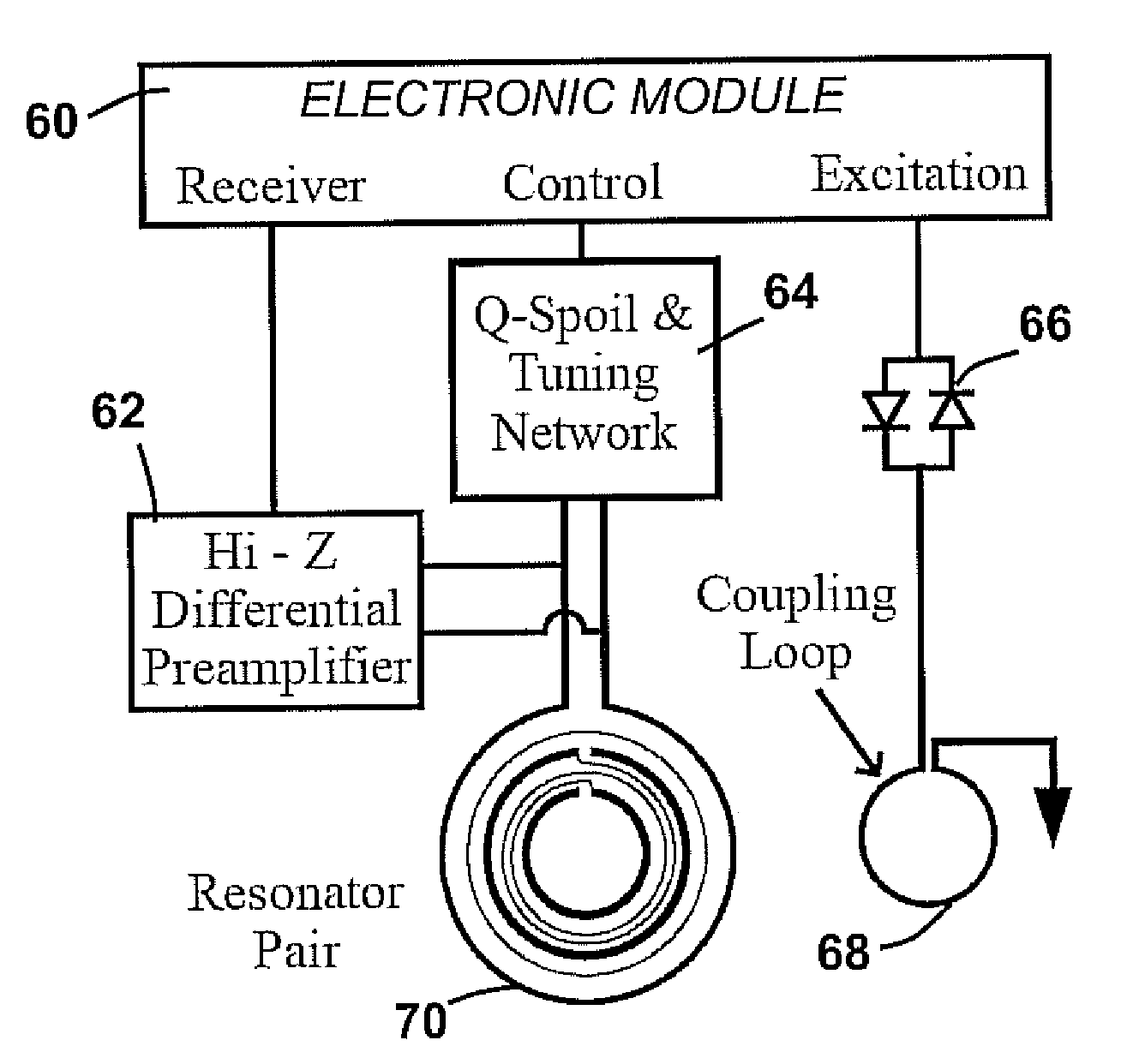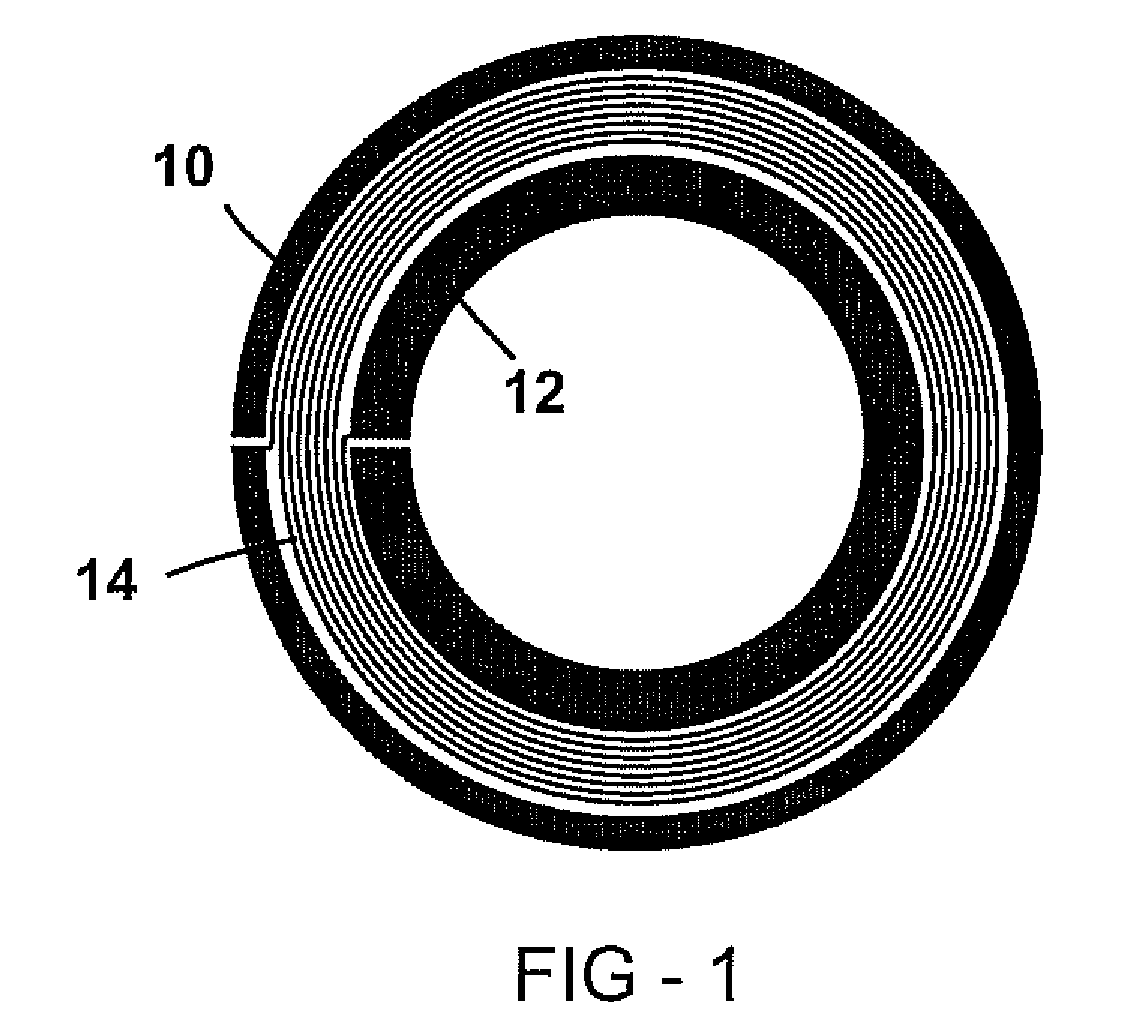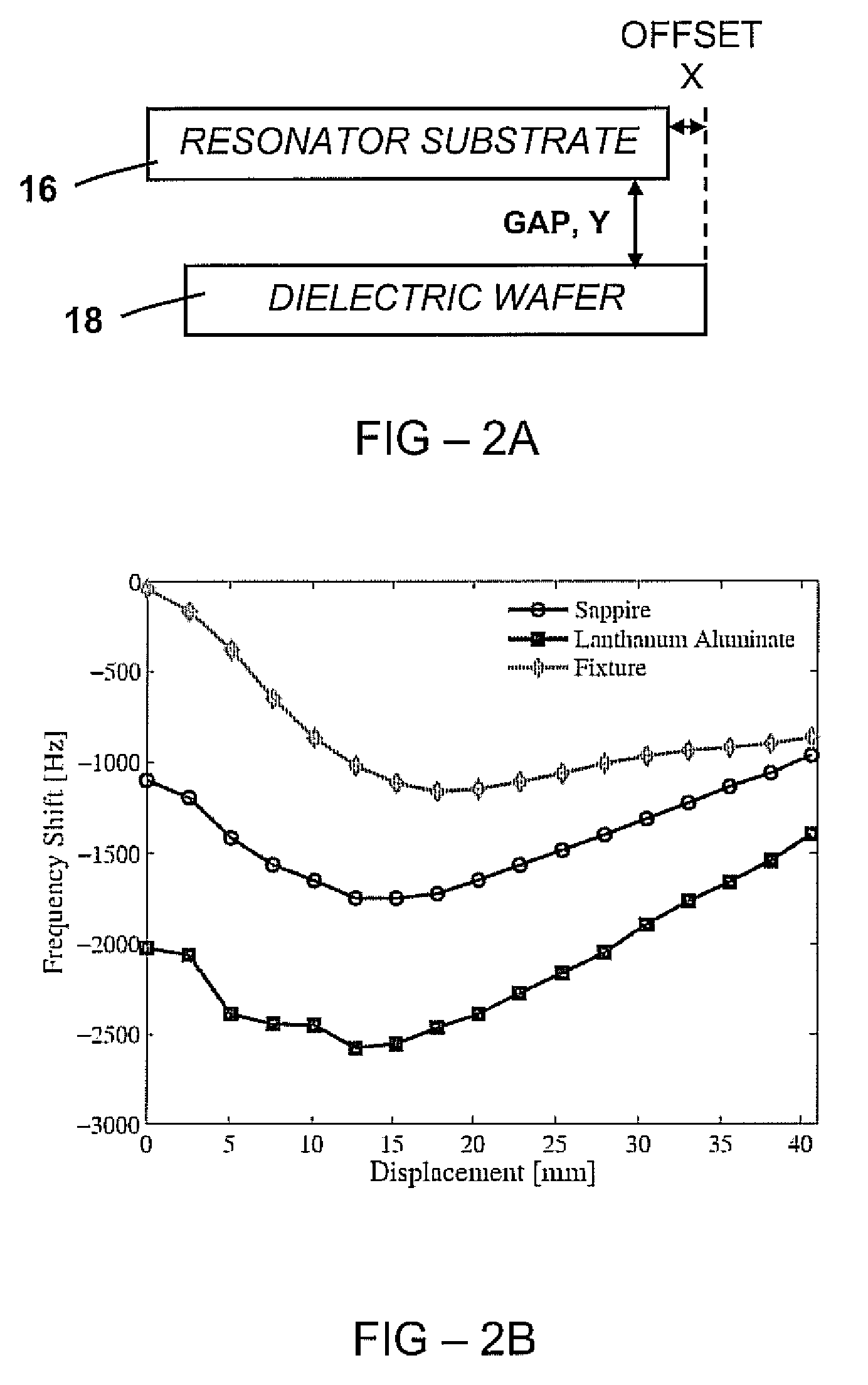Detecting quadrupole resonance signals using high temperature superconducting resonators
a superconducting resonator and quadrupole resonance technology, applied in the field of quadrupole resonance (qr), can solve the problems of loss of lineshape information, achieve the effects of improving qr detection, dissipating excitation pulse energy, and improving detection performan
- Summary
- Abstract
- Description
- Claims
- Application Information
AI Technical Summary
Benefits of technology
Problems solved by technology
Method used
Image
Examples
Embodiment Construction
[0041]In pulsed or transient QR detection, a search region is subjected to a series of RF magnetic field pulses and a QR response is detected in the interval between the RF pulses. An apparatus broadcasts short duration radio frequency (RF) pulses using a transmitter coil, and if a target compound (analyte) is present, an RF signal is received by a receiver coil during the interval between the applied pulses. The transmitter coil (normal metal or superconducting) and receiver coil may be the same coil (normal metal or superconducting), or separate coils.
[0042]An QR signal originates from analytes with nuclei that have a nuclear quadrupole moment, such as nitrogen-14 (the common isotope of nitrogen). The QR response from each nitrogen compound has a distinct spectral signature, so that a QR detection system can discriminate among different analytes. In particular, QR can distinguish between types of explosives, such as RDX and TNT, and distinguish them from benign nitrogen compounds ...
PUM
 Login to View More
Login to View More Abstract
Description
Claims
Application Information
 Login to View More
Login to View More - R&D
- Intellectual Property
- Life Sciences
- Materials
- Tech Scout
- Unparalleled Data Quality
- Higher Quality Content
- 60% Fewer Hallucinations
Browse by: Latest US Patents, China's latest patents, Technical Efficacy Thesaurus, Application Domain, Technology Topic, Popular Technical Reports.
© 2025 PatSnap. All rights reserved.Legal|Privacy policy|Modern Slavery Act Transparency Statement|Sitemap|About US| Contact US: help@patsnap.com



